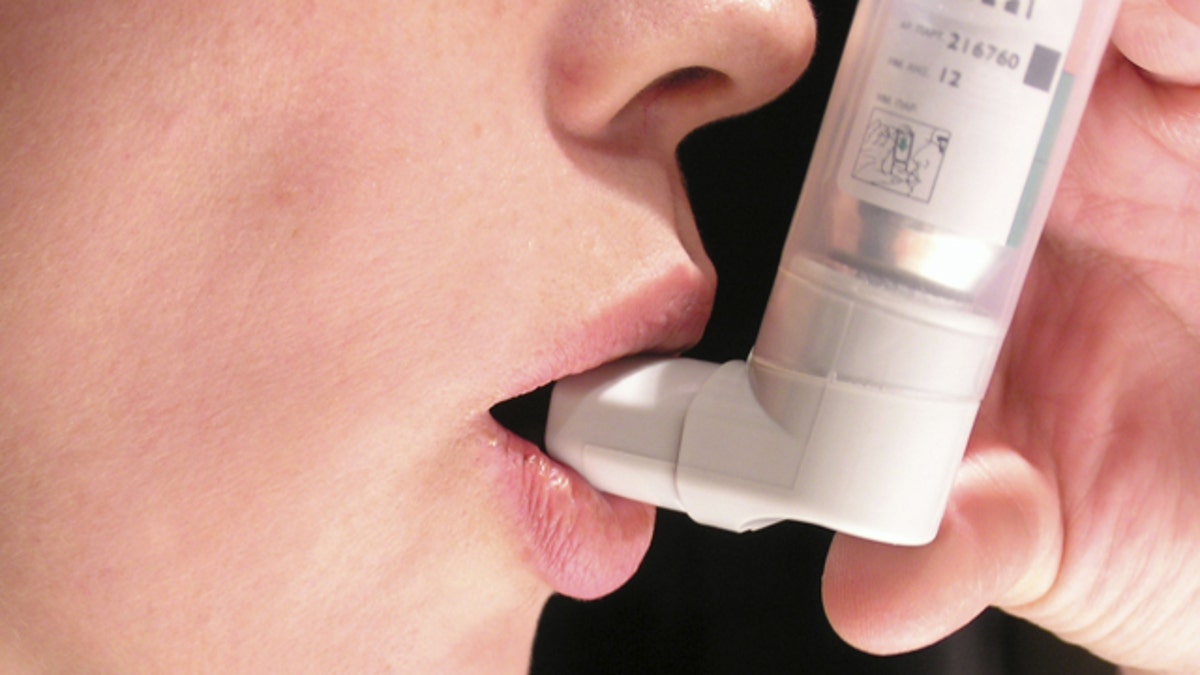
People with asthma-related breathing problems may be at increased risk for bone loss, according to a new study.
The study examined the records of more than 7,000 adults in Seoul, Korea, and found those with a certain characteristic of asthma had significantly lower bone density in a region of their spine than those without asthma symptoms.
The characteristic, called airway hyperresponsiveness, means the airways in the lungs are particularly sensitive, and it doesn't take much to trigger an asthma attack.
However, both men and women with airway hyperresponsiveness were still in the normal range for overall bone density, on average. And researchers couldn't say whether the asthma symptoms or the bone loss came first or what linked the two.
"Asthma could be a risk for bone loss. The degree to which their disease puts them at risk for bone loss and fractures needs to be further studied," Dr. Sonal Singh told Reuters Health.
"We should be thinking about fractures in patients with asthma," he said. "The study did make me think about the link between asthma and bone loss as I see my patients."
Singh, from Johns Hopkins University School of Medicine in Baltimore, Maryland, was not involved in the current research but has studied broken bones in people taking steroids for chronic obstructive lung disease.
The Centers for Disease Control and Prevention estimates that 25 million Americans - or one in 12 - have asthma. The U.S. Surgeon General in 2012 predicted that by 2020 half of Americans over age 50 could have weak bones.
For the new study, researchers led by Dr. Jae-Woo Jung of Seoul National University Medical Research Center analyzed the health records of 7,034 patients seen at their hospital.
They found average bone density was lower in the lumbar spine in the 216 people who tested positive for airway hyperresponsiveness.
The lumbar spine is the region between the ribs and the pelvis.
In addition, about 45 percent of those patients had osteopenia, or lower than normal bone density, and six percent had osteoporosis. That compared to a 30 percent rate of osteopenia and a four percent rate of osteoporosis among people without airway hyperresponsiveness, according to findings published in the Annals of Allergy, Asthma & Immunology.
The study also found a lower bone density in the lumbar spines of people who reported having been diagnosed with asthma than in people without asthma. But Singh said it was hard to know whether that was meaningful, because the researchers didn't measure asthma objectively.
Previous studies have found lower vitamin D levels among patients with asthma and related symptoms, the authors write.
They did not respond to a request for comment but speculate in the study that vitamin D deficiency might factor into bone loss among people with asthma and airway hyperresponsiveness.
The current study did not measure participants' vitamin D levels, so it can't say anything about the vitamin's link to asthma and bone loss.
Fractures are a known side effect of the systemic steroids used to treat asthma, Jung and colleagues write. Several studies have also tied inhaled steroids to decreased bone density, they note.
Steroids can decrease bone formation by stopping calcium from being absorbed. The drugs can also interfere with production of sex hormones, causing muscle weakness and raising the risk of falls and related fractures, according to the National Institutes of Health.
The NIH also says that people with asthma may avoid calcium-rich milk and other dairy products as well as weight-bearing exercise - key ingredients for bone health.
In the new study, the researchers excluded patients who had used systemic steroid medications. But the study did not consider participants' use of inhaled steroids or other drugs for control of asthma and related symptoms.
Singh said the study prompted him to want to examine asthma and bone loss in research considering ethnicity, physical activity, vitamin D levels and use of inhaled steroids.
